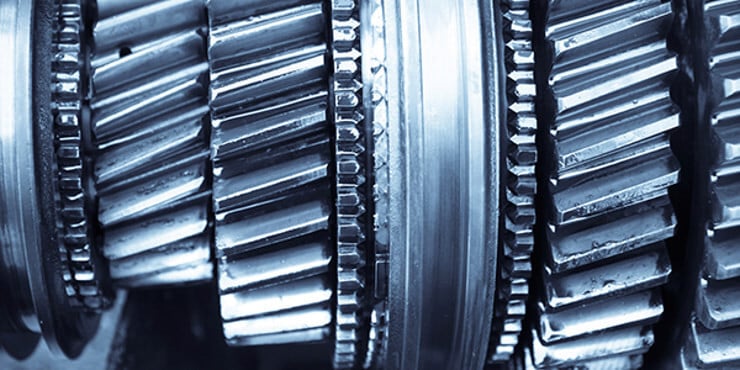Compressors
Compressors come in all shapes, sizes and applications. Some are critical to operations, and some are easily replaced. Manufacturing lines, refrigeration and gas compression all rely on compressor uptime, making compressor reliability critical to entire operations.
Lubrication in compressors must have strong resistance to oxidation due to high discharge temperatures and the continuous presence of heated air. The biggest concern is airborne contamination from manufacturing processes, dirt and water, which usually affects viscosity and causes oxidation. Compressors used in refrigeration also face reduced viscosity problem due to gas entrainment.
Regular oil analysis will identify contamination and abnormal wear, reducing maintenance costs and extending the life of the equipment.

Compressors






